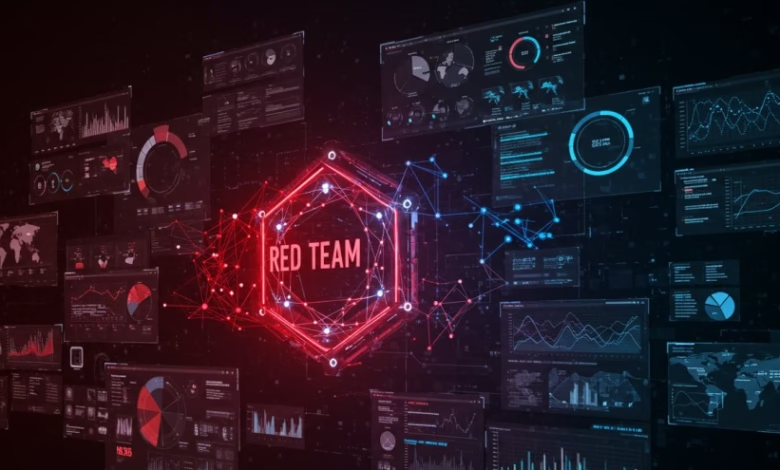Strengthen AI Safety Today for Smarter Models Tomorrow

▼ Summary
– 77% of enterprises have faced adversarial AI model attacks, with 41% involving prompt injections and data poisoning, highlighting the urgency for improved defenses.
– Red teaming must be integrated into every phase of the AI model development lifecycle to proactively address vulnerabilities, as recommended by Gartner and Microsoft.
– Traditional cybersecurity methods fail against AI-specific threats like data poisoning, model evasion, and prompt injection, requiring new adversarial testing approaches.
– Leading AI companies (e.g., Anthropic, Meta, Microsoft, OpenAI) use continuous red teaming combining automation and human expertise to identify and mitigate risks.
– Five key strategies to strengthen AI security include early security integration, real-time monitoring, balancing automation with human judgment, external red teaming, and dynamic threat intelligence.
The rapid advancement of AI technology brings unprecedented opportunities, but it also introduces complex security challenges that demand immediate attention. With 77% of enterprises already experiencing adversarial attacks on their AI models, the need for robust defenses has never been more urgent. Attackers are leveraging sophisticated techniques like prompt injections and data poisoning, exposing vulnerabilities that traditional cybersecurity measures struggle to address.
To counter these threats, organizations must adopt a proactive security mindset, integrating continuous adversarial testing throughout the entire AI development lifecycle. Waiting until deployment to address vulnerabilities is no longer viable, security must be baked into every phase, from design to deployment.
Why Red Teaming Must Become a Core Practice
Microsoft’s recent red teaming of over 100 generative AI products demonstrates the value of combining automated threat detection with expert oversight. Similarly, NIST’s AI Risk Management Framework advocates for a lifecycle-long approach to risk mitigation, ensuring models remain resilient against evolving threats. Regulatory mandates, such as the EU AI Act, further reinforce the importance of rigorous testing, making red teaming not just a best practice but a compliance necessity.
Where Traditional Cybersecurity Falls Short
- Data Poisoning – Attackers corrupt training data, leading to flawed decision-making and eroding trust in AI outputs.
- Model Evasion – Subtle input manipulations bypass detection systems, exploiting static security rules.
- Model Inversion – Adversaries extract sensitive data by systematically querying AI models.
- Prompt Injection – Malicious inputs trick generative AI into producing harmful or unauthorized responses.
These tactics highlight the need for specialized defenses that go beyond traditional cybersecurity.
How Industry Leaders Stay Ahead
- Anthropic – Combining human-in-the-loop evaluations with automated adversarial testing to refine model reliability.
- Meta – Using Multi-round Automatic Red-Teaming (MART) to rapidly uncover hidden vulnerabilities at scale.
- Microsoft – Leveraging interdisciplinary collaboration through tools like PyRIT to accelerate vulnerability detection.
- OpenAI – Engaging external security experts to validate defenses and address misinformation risks.
These strategies demonstrate that proactive security isn’t optional, it’s foundational for building trustworthy AI systems.
Five Immediate Steps to Strengthen AI Security
- Integrate Security Early – Build adversarial testing into model design to catch vulnerabilities before they escalate.
- Deploy Real-Time Monitoring – Use AI-driven tools to detect and respond to anomalies swiftly.
- Balance Automation with Human Insight – Combine automated scans with expert analysis for deeper threat detection.
- Engage External Red Teams – Independent evaluations uncover blind spots and validate defenses.
- Maintain Dynamic Threat Intelligence – Continuously update defenses based on evolving attack patterns.
The Future of AI Security Depends on Proactive Measures
For those looking to dive deeper into AI security strategies, upcoming discussions at Transform 2025 will explore cutting-edge approaches to adversarial testing and threat mitigation. Stay ahead—because in AI security, proactivity is the only defense that works.
(Source: VentureBeat)

